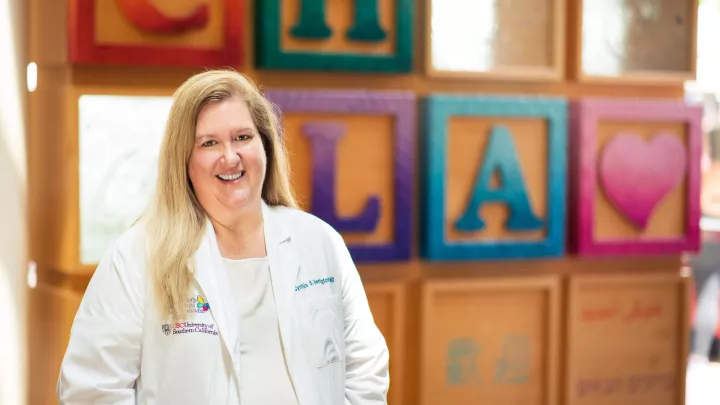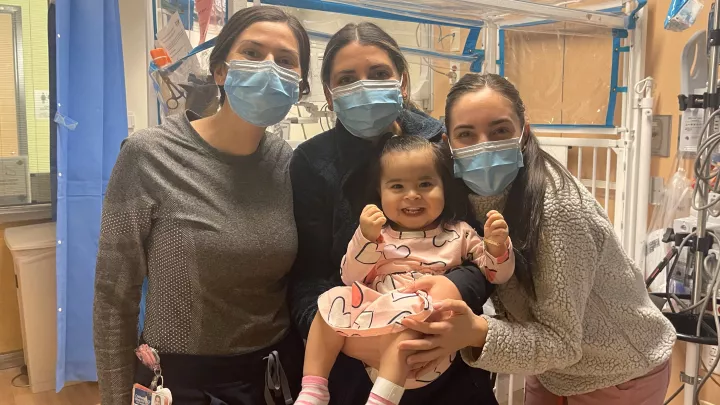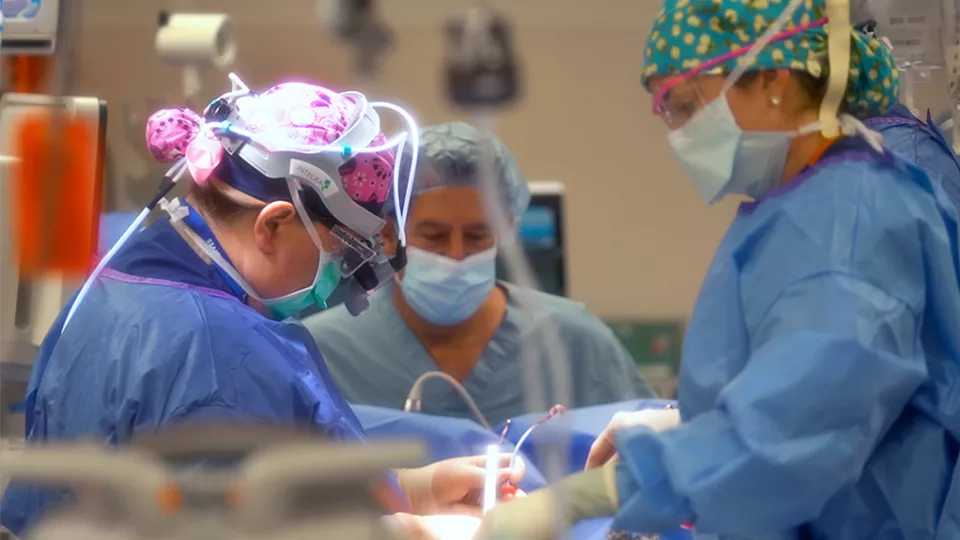
Cynthia Herrington, MD, performing a heart transplant
Artificial Right Atrium for Fontan Patients Wins Key Funding
Researchers from Children’s Hospital Los Angeles and the USC Viterbi School of Engineering have received key funding to support their work on a novel device: an artificial right atrium for patients with a Fontan circulation.
The investigators—Cynthia Herrington, MD, and Andrew Cheng, MD, of CHLA, and Niema Pahlevan, PhD, of USC—received the USC Nemirovsky Engineering and Medicine Opportunity (NEMO) Prize. The highly selective award supports work at the intersection of health and engineering and funds projects in their early stages—bridging the gap between innovative ideas and clinical breakthroughs.
“The NEMO Prize funding is crucial in advancing this project to the next stage of development,” says Dr. Herrington, Surgical Director of the Heart Transplant Program at Children’s Hospital Los Angeles and the Ryan Winston Family Chair in Transplant Cardiology. “It comes at the perfect time.”
Building a better bridge
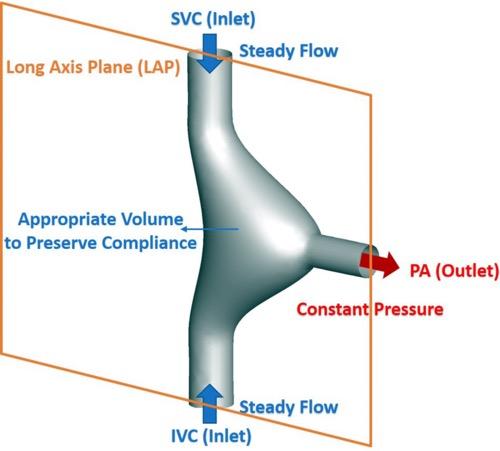
The Fontan is the last in a series of surgeries that enable children born with certain heart defects to function with one ventricle instead of two.
More than 80,000 people worldwide have had the procedure, which has been immensely successful at helping many children to live healthy lives and reach adulthood.
But the single-ventricle circulation eventually begins to fail, resulting in the need for a heart transplant. Ventricular assist devices (VADs)—which can support a heart until a donor organ is available—are not designed to work with a single ventricle and have sub-optimal success rates in those patients.
Determined to find a better solution, Dr. Herrington began sketching designs for an artificial right atrium in 2019.
“It’s the worst feeling in the world to tell a patient and family that we’ve run out of options,” Dr. Herrington says. “We need a much more reliable way to bridge these patients to transplant.”
A VAD ‘adapter’
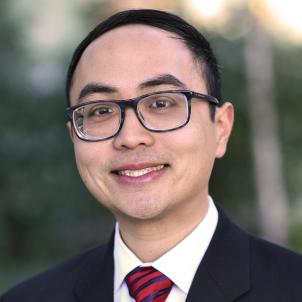
The team received a patent for the artificial right atrium last year. The “off the shelf” device would attach to any currently available VAD and serve as a critical “capacitance vessel” to hold blood.
“I think of our device as an adapter that makes a VAD work for a patient with a single ventricle,” says Dr. Cheng. “We feel that this approach—as opposed to trying to create a custom VAD from scratch—will be a much faster way to bring a solution to patients.”
The new funding will allow the team to take the next step in that process: testing the prototype with a VAD and circulatory pump in the lab. If those tests are successful, the project will then move into preclinical animal studies.
As Director of the Fontan Program in the Heart Institute at Children’s Hospital Los Angeles—one of the largest such programs in the nation—Dr. Cheng sees the need for this device firsthand. The project also incorporates his love of engineering: He majored in electrical engineering before becoming a pediatric cardiologist.
“I care for these patients and families every day,” he says. “To apply my engineering background to a project that could greatly improve their outcomes means a lot to me.”
Dr. Herrington adds that she is grateful for the close collaboration with Dr. Pahlevan and the USC Viterbi School of Engineering, as well as CHLA’s deep commitment to supporting and fostering innovative pediatric research.
“This device has the potential to make a significant impact on patients’ lives, but we can’t do it alone,” she says. “I’m truly grateful for this funding and for our entire team.”
